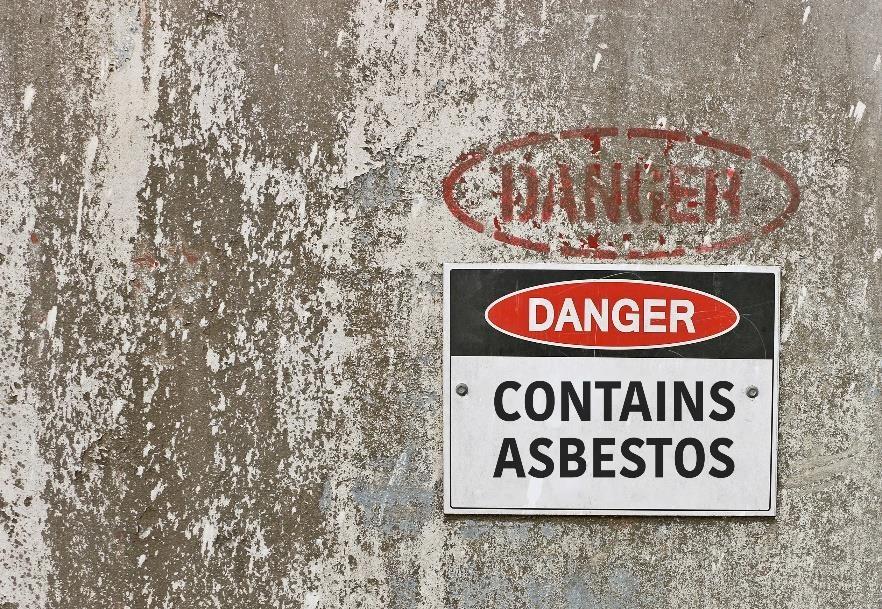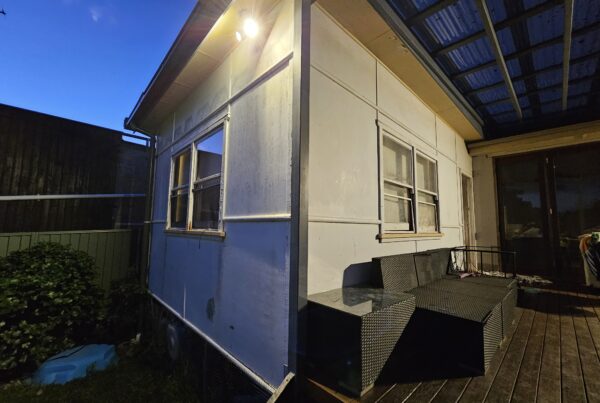Asbestos is one of the most dangerous minerals used in residential and commercial applications. While resilient for its low cost, it’s been responsible for diseases that caused the deaths of 4,000 Australians annually, perhaps more. These include but aren’t limited to asbestosis, lung cancer, mesothelioma, and asbestos-related pleural diseases.
If your home or workplace was built before the nationwide ban in 2003, it most likely was built with asbestos-containing materials (ACMs). Disturbing them in any way, such as dismantling ACMs during a renovation, risks kicking up disease-causing asbestos dust. Removal should be left to asbestos removal services in Wollongong, which are well-equipped and trained to do so.
However, one thing you can do yourself involves asbestos identification. The methods explained in this blog post don’t involve removing asbestos yourself, though no one can be sure unless you call in a professional. In this instance, it’s never a bad idea to be suspicious.
Built on or before 2003
Asbestos has been in use in Australia for more than a century. NSW and Western Australia were home to the largest asbestos deposits in the country, but locally mined asbestos accounted for 5% of national demand, according to asbestos.vic.gov.au. The rest, most being white asbestos, were imported from other countries like the US and the UK.
The Asbestos Safety and Eradication Agency estimates that one-third of houses and buildings nationwide contained asbestos or ACMs by the time the ban took effect. A recent report by the
Daily Telegraph stated that over 1,000 schools in NSW are positive for asbestos, placing their students and staff at risk.
As such, it’s important to determine if your house or workplace was built on or before 2003. If it was bought already built, it won’t hurt to enquire with the previous owner or the real estate agent that facilitated the sale.
Workplaces must have an asbestos register that states all confirmed and assumed areas that have asbestos. Under Clause 425 of the Work Health and Safety Regulation 2017, this document must contain pertinent details such as:
- Date the asbestos or ACM was found
- Type of asbestos used
- Friable or non-friable
- Current condition
- Specific location
- Accessibility of the location
The register is also required even if the inspection found no signs of asbestos in the workplace. Failure to keep and update one carries substantial fines. The clause indicates that an individual can be fined 40 units, whereas a body corporate can be fined 210 units.
Possible locations
Asbestos was used in nearly every building material, from floor tiles to insulation. Despite the industry already being aware of the health risks it posed before the ban, it was robust and possessed high resistance against chemicals, electricity, and moisture. It had all these neat properties for a fraction of the cost of other alternatives.
After confirming if your home or office was built before the ban, the next step is to learn the parts of the structure that may have asbestos. The Mesothelioma Center, a for-profit asbestos safety advocacy based in the US, lists nine possible areas worth checking.
- Roofing and siding
- Insulation (vermiculite, batt)
- Floor tiles and adhesives
- Sprayed-on/popcorn ceilings
- HVAC and plumbing systems
- Electrical wiring and equipment
- Household appliances
- Fireplace and chimney
- Garage and vehicles
We advise exercising caution while inspecting these places. There’s a chance that wear and tear has already shaved some of the asbestos off the building material. In case of doubt, it’s better to let a licensed professional perform asbestos inspection and removal.
Asbestos testing
Many people ask us how to identify asbestos by sight or smell. That’s the sad part – no one can.
While natural asbestos comes in several colours, including white, it’s impossible to see or smell it. Asbestos fibres are only visible under a microscope, and painting over the material hides its true colour. Additionally, asbestos is odourless and can blend in with the scent of other building materials, such as stone and insulation.
This is bad news because it means it’s hard to know if the air at home or the office is laced with asbestos dust. By the time most people realise this, they may have already developed symptoms of asbestos-related diseases, like breathing difficulties. Worse, healthcare experts say any damage to the lungs, asbestos or otherwise, is irreversible and will likely get worse in the future.
If the two previous factors check out, it’s imperative that you arrange for asbestos testing as soon as possible. Testing staff will pay a visit to your home or workplace and obtain samples from the confirmed or suspected locations.
Asbestos testing is done as per AS 4964-2004, entitled ‘Method for the qualitative identification of asbestos in bulk samples.’ It determines the type of asbestos present, which can be chrysotile (white), amosite (brown), or crocidolite (blue), through polarised light microscopy. Additionally, it can discern the asbestos from other materials mixed in.
Asbestos testing yields results within one to three days, depending on the laboratory performing it. If possible, it’s best to postpone any home or office improvement works until all the asbestos can be extricated from the premises.
Do not disturb
While waiting for the test results, we have to stress the importance of refraining from disturbing asbestos or ACMs. Whatever you do, don’t do any of the following to the location:
- Cut
- Sand
- Drill
- Break
- Scrape
- Demolish
- Dump
- Waterblast
This isn’t just about exposing yourself and your loved ones and colleagues to asbestos-laced dust being kicked up. Under the slightest breeze, said dust can reach other areas and put other people at risk of asbestos-related diseases. Improper disposal of asbestos and ACMs results in fines that can easily reach six figures.
Final thoughts
Given its long history of use in residential and commercial construction, asbestos shouldn’t be taken lightly. Just standing close to this health hazard is already risky in its own right, let alone trying to get rid of it without proper prep work.
Keep NSW Asbestos’s golden rule in mind: ‘If you think it might be asbestos, treat it like it is.’ Learn how old your home or office building is, pinpoint places that most likely have asbestos or ACMs, and don’t delay contacting an asbestos removal company if everything checks out.







